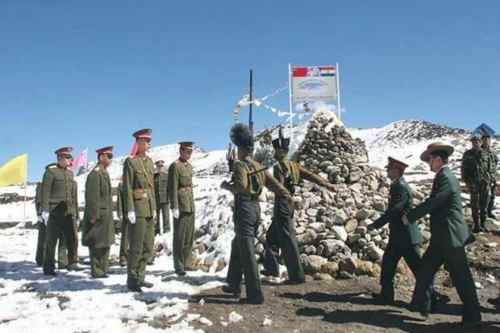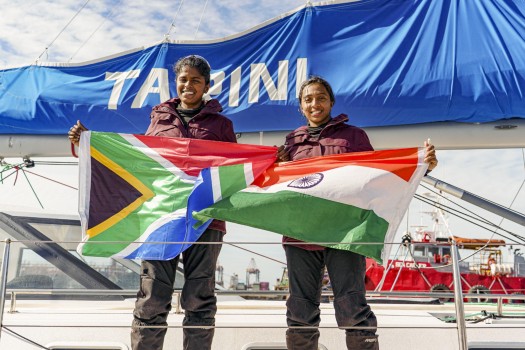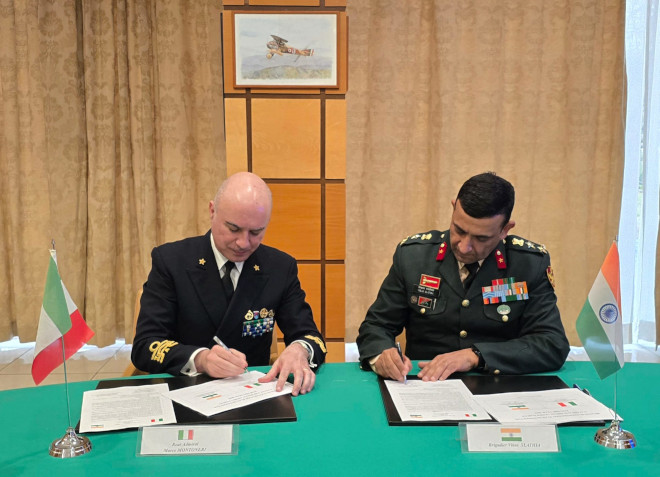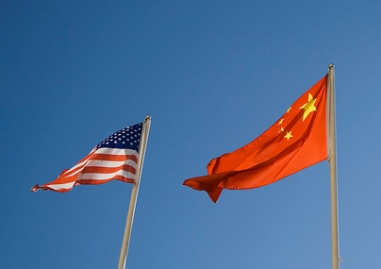
A file photo.
NEW DELHI (PTI): Indian and Chinese armies rushed in additional troops in areas around Pangong Tso lake and Galwan Valley in Ladakh, signalling hardening of their aggressive posturing two weeks after they were engaged in a fierce face-off, military sources said on Wednesday.
It is learnt that the India's top military brass is constantly monitoring the evolving situation even as the US said the aggressive behaviour by Chinese troops was a reminder of the threat posed by China.
"The flare-ups on the border, I think, are a reminder that Chinese aggression is not always just rhetorical. And so whether it's in the South China Sea or whether it's along the border with India, we continue to see provocations and disturbing behaviour by China," said Alice Wells, the outgoing head of the South and Central Asia bureau in the US State Department.
Her comments at an online media briefing came even as efforts to de-escalate the tense situation in the sensitive areas continued.
Sources said the Chinese troops significantly increased their presence in areas around Pangong Tso and even brought in additional boats to the lake.
The two sides also have brought in more troops to locations like Demchok and Daulat Beg Oldie, the sources said.
The area around Galwan has been a point of friction between the two for over six decades. They had a showdown over it in 1962 as well.
The sources said the Chinese side has erected a sizeable number of tents in the Galwan Valley area following which India has also sent reinforcements to keep a hawk-eye vigil in the area.
The sources said the Chinese side had taken strong exception to India undertaking construction of a key road around the Galwan river.
On May 5, around 250 Indian and Chinese army personnel clashed with iron rods, sticks, and even resorted to stone-pelting in the Pangong Tso lake area in which soldiers on both sides sustained injuries.
In a separate incident, nearly 150 Indian and Chinese military personnel were engaged in a face-off near Naku La Pass in the Sikkim sector on May 9. At least 10 soldiers from both sides sustained injuries in the incident, according to sources.
Neither the Indian Army nor the Ministry of External Affairs commented on the escalating tension between the two armies.
In its reaction to the two face-offs, the Ministry of External Affairs last week said it remained committed to maintaining peace and tranquillity along the border with China, noting that such incidents could have been avoided if there was a common perception about the frontier.
It is learnt that additional troops have also been rushed in to several areas in northern Sikkim as part of their aggressive posturing in guarding the disputed border.
A report by China's official media on Monday said Chinese troops have bolstered their border control measures in the Galwan Valley in the Aksai Chin region.
The aggressive posturing by the two sides came amid India's escalating border row with Nepal over construction of a strategically key road linking Lipulekh Pass with Dharchula in Uttarakhand.
The 80-km-long strategically crucial road at a height of 17,000 km along the border with China in Uttarakhand was thrown open by Defence Minister Rajnath Singh on May 8.
The troops of India and China were engaged in a 73-day stand-off in Doklam tri-junction in 2017 which even triggered fears of a war between the two nuclear-armed neighbours.
The India-China border dispute covers the 3,488-km-long Line of Actual Control, the de-facto border between the two countries.
China claims Arunachal Pradesh as part of southern Tibet while India contests it.
Both sides have been asserting that pending the final resolution of the boundary issue, it is necessary to maintain peace and tranquillity in the border areas.
China has been critical of India's reorganisation of Jammu and Kashmir, and has particularly criticised New Delhi for making Ladakh a union territory. China lays claim over several parts of Ladakh.
Prime Minister Narendra Modi and Chinese President Xi Jinping held their first informal summit in April 2018 in the Chinese city of Wuhan, months after the Doklam standoff.
In the summit, the two leaders decided to issue "strategic guidance" to their militaries to strengthen communications so that they can build trust and understanding.
Modi and Xi held their second informal summit in Mamallapuram near Chennai in October 2019 with a focus on further broadening bilateral ties.
 Previous Article
Previous Article Next Article
Next Article













The Indian Air Force, in its flight trials evaluation report submitted before the Defence Ministry l..
view articleAn insight into the Medium Multi-Role Combat Aircraft competition...
view articleSky enthusiasts can now spot the International Space Station (ISS) commanded by Indian-American astr..
view article